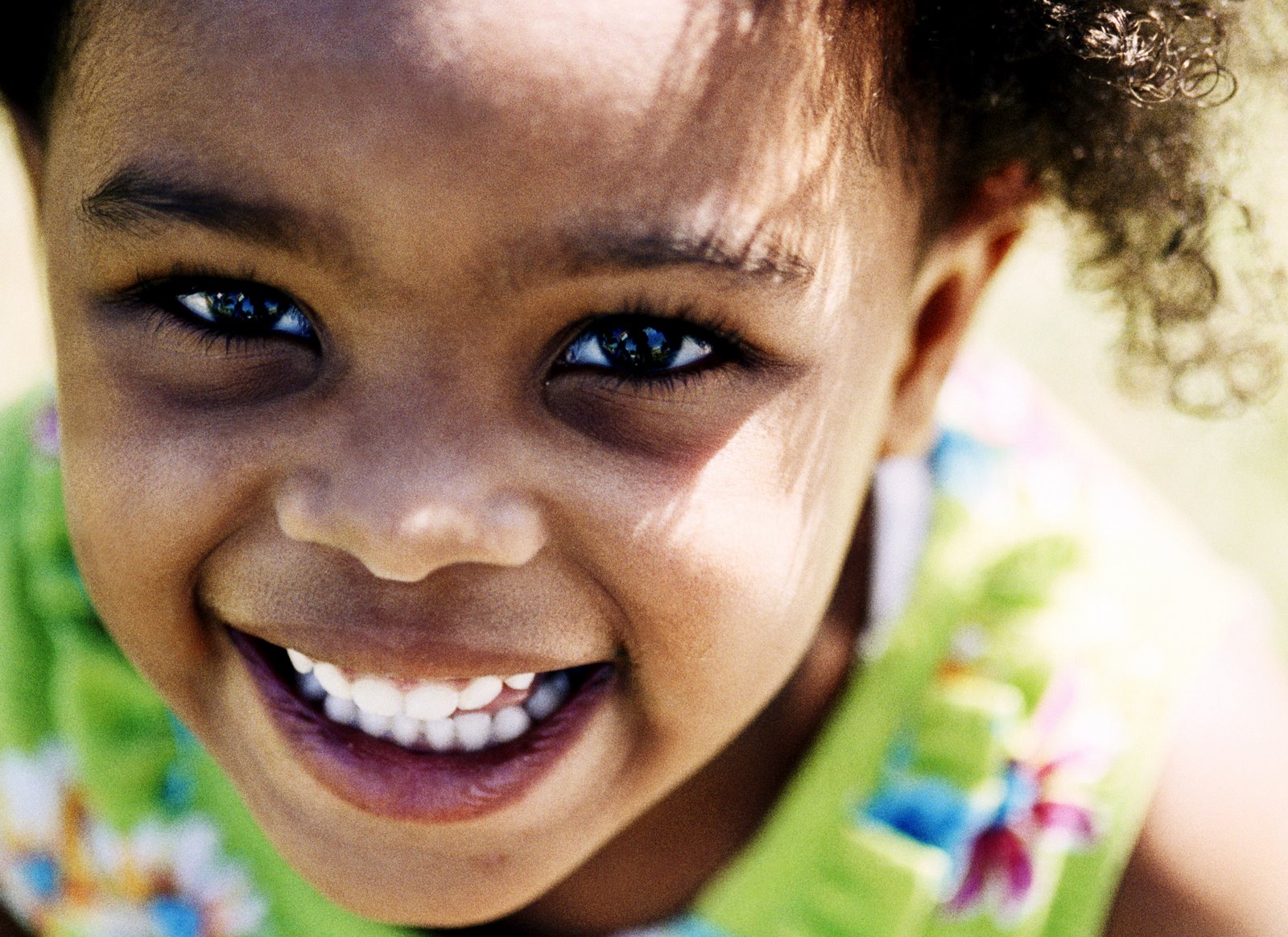How do we know if things are getting better or worse in the world of early childhood? Early childhood education is a complex field with many players and components. In order to help the state move in a positive direction, and to gauge the impact of an array of programs and settings that young children find themselves in, it is important to have an agreed upon way of “keeping score.” In this case we need to “keep score” of our youngest children’s school readiness.
Our state conducts an annual “Minnesota School Readiness Study,” an assessment based on the observations of trained kindergarten teachers who know what to look for in terms of the skills and attributes of entering kindergarteners. The study provides a statistically valid sampling of school readiness. The assessment tool used is called the Work Sampling System and it turns out that it is a pretty good predictor of future school achievement, such as third grade reading skills. Ready 4 K’s mission is to “move the needle” of the number who are fully proficient from the current 50% to 100% — a goal the state of Minnesota shares.
A coalition of early childhood organizations* that Ready 4 K has helped to organize, has met regularly since March 2009 to develop a policy game plan for achieving that goal. This unified effort is the first time the early childhood community has come together this way. We have called our plan Minnesota’s Future, because we think that is exactly what is at stake in how well we provide early learning opportunities for our youngest citizens.
We are guided by this vision:
- Children have access to high quality early childhood experiences
- Parents are recognized and supported as their children’s most important teachers
- Families and other adults in a child’s life are supported in helping children succeed
- Communities embrace a collective responsibility for children’s success
It all boils down to providing a lot more children with access to quality early learning settings when they are in the care of others, and a lot more widespread parent education and support in raising their children.
The appropriate focus is on children in the lowest income families because the annual state assessment correlates not being ready closely with low income. Moreover, if at-risk children have access to quality programs, that is where the biggest return on investment occurs, according to Dr. Art Rolnick.
Perhaps the most important words in describing any meaningful policy agenda that will actually improve school readiness are “access to quality early learning.” A powerful demonstration of the importance of quality came in a study done by the Minnesota Department of Human Services five years ago, in which children in 22 accredited centers were assessed for their school readiness, using the same Work Sampling tool that the Department of Education uses in its annual assessment. Instead of numbers in the 40s or 50s, the percentages were in the 70s and 80s, for measurements of proficiency in language, literacy, social emotional development and all the other key indicators that go into school readiness. Quality really matters.
*Coalition members: Child Care Works, Minnesota Association for the Education of Young Children/Minnesota School Age Alliance, Minnesota Association of Family and Early Education, Minnesota Child Care Association, Minnesota Child Care Resource and Referral Network, Minnesota Coalition of Targeted Home Visiting, Minnesota Community Education Association, Minnesota Head Start Association, Ready 4 K.





1 comment:
I applaud the coalition of early childhood organizations in its efforts to develop and influence policy. Minnesota Legislature, take notice!
Post a Comment